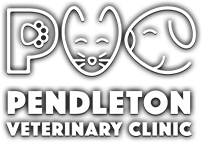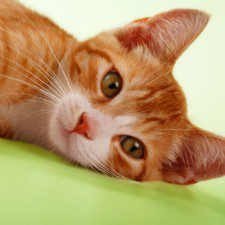If you own a cat or plan on adding a feline friend to your home in the near future, you’ll find that hairballs are most likely a part of life. They certainly aren’t pleasant, but is there any cause for concern? Here, your Anderson, IN veterinarian goes over the basics of your cat’s hairballs.
What Causes Hairballs, Exactly?
Hairballs happen because your cat swallows a lot of her own hair while grooming herself. Tiny barbs lining her tongue pick up loose hair, which your cat swallows. Most of this ingested hair moves through the digestive system and is expelled naturally in your cat’s feces. Some hair, though, remains in the gut, clumping together over time to form a hairball. That hairball eventually gets expelled via regurgitation.
Are Hairballs Harmful in Any Way?
When your cat actually produces a hairball, you’ll see a few moments of retching and gagging before your cat spits it up. It’s worth nothing that hairballs are usually tube-shaped, not round, as they’ve passed through your cat’s esophagus. Hairballs will typically be accompanied by some amount of stomach fluid as well.
The occasional hairball is a normal part of life for your cat—if your cat hacks up a hairball every now and again, there’s nothing to be concerned about. It’s no fun to clean up, but it’s not harmful.
A cat who is producing a lot of hairballs, or who had suddenly started hacking up hairballs left and right when they didn’t before, should be examined by your vet. This could indicate digestive troubles or a coat problem, such as parasitic infestation or a skin infection. Additionally, rush your cat to the emergency room if they’re hacking and coughing but not actually producing a hairball—your pet might be choking!
Can I Help My Cat Produce Fewer Hairballs?
Yes, you can take steps to help your cat produce fewer hairballs. First, brush her regularly. This traps much of Fluffy’s loose hair in the brush itself, preventing her from swallowing it all and ultimately cutting down greatly on hairball production.
Secondly, make sure your cat is fed a high-quality diet that’s appropriate for her age. When your feline friend receives the proper nutrients, the skin and coat stay healthy and less fur is shed. That means less fur is ingested!
To learn more about your cat’s hairballs, contact your Anderson, IN veterinary clinic. We’re here to help!









